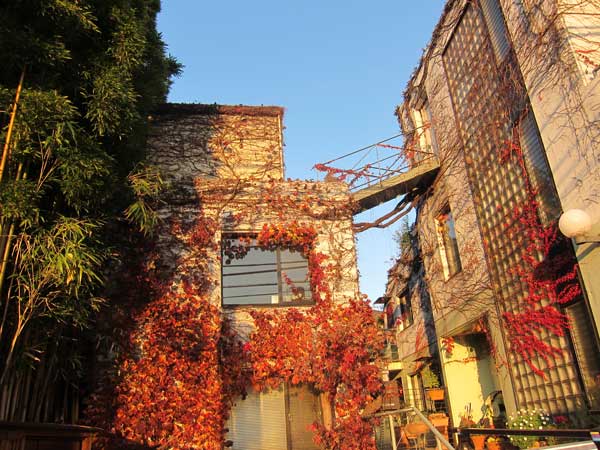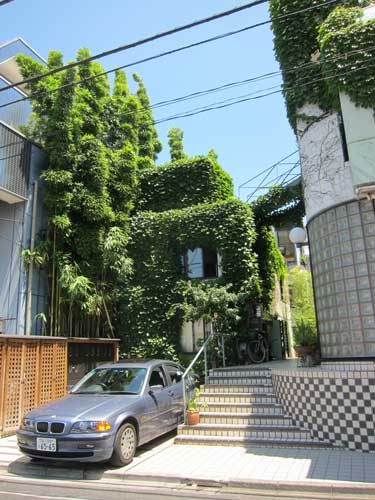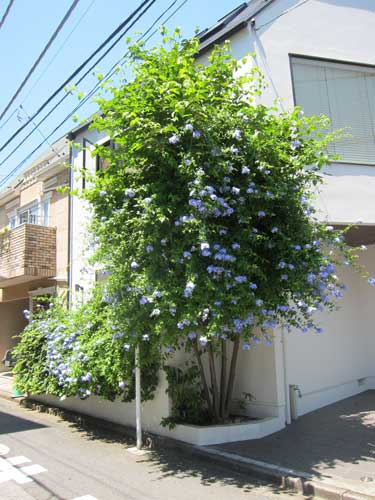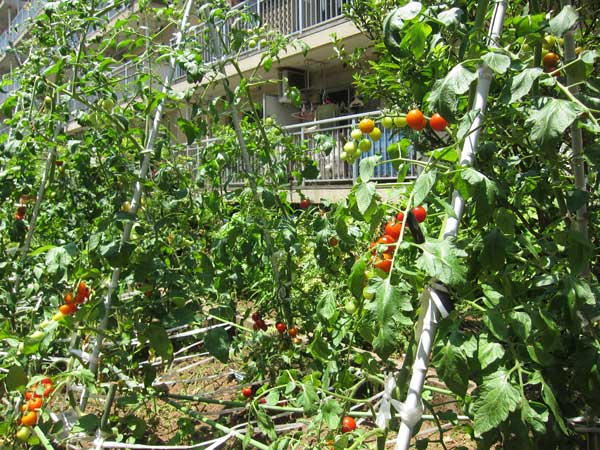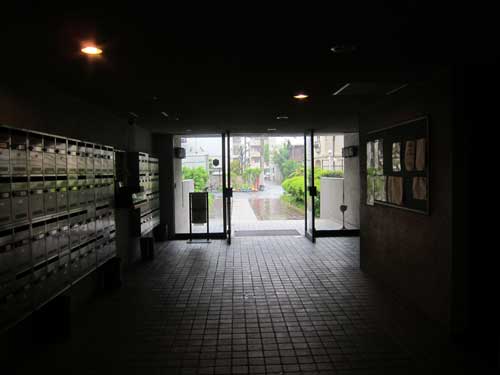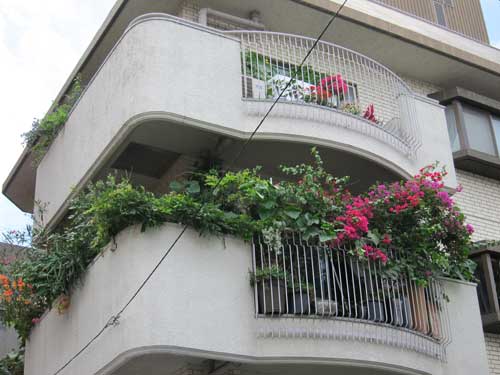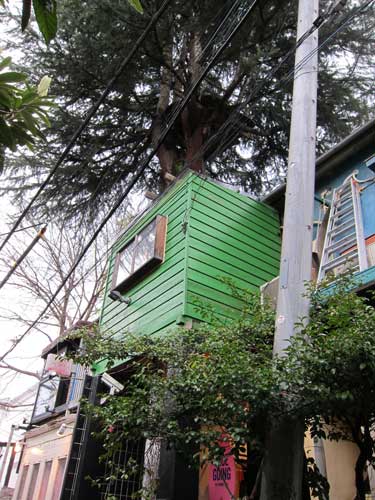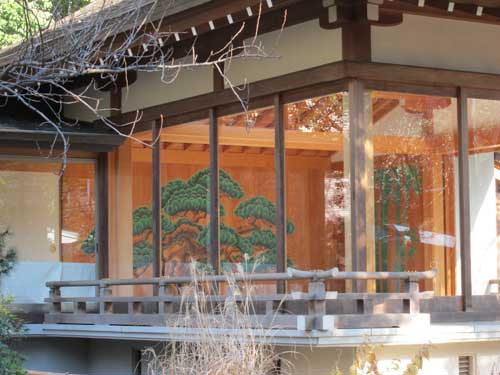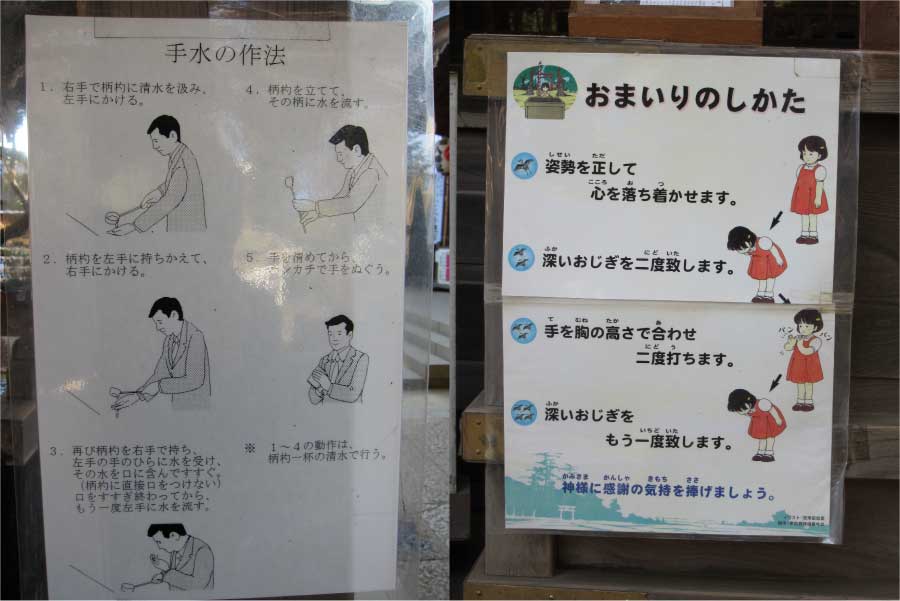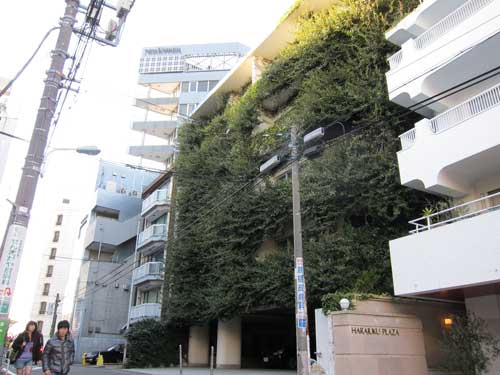
都市とゼロックスという写真のワークショップに参加しました。たくさん勉強になって、楽しかったです。@TaroHirano77 や @VACANTbyNOIDEA や @toomuchmagazine や @sk8linus にありがとうございます。
I was fortunate to attend a photography workshop last week with the theme of Cities and Xerox. The event gathered about twenty Japanese creatives– including a sound engineer, high school art teacher, students, guidebook writer, book editor, lawyer, and salaryman– and together we created giant photographs layered together.
The workshop process was simple yet very fun. We were asked to take photographs on our way to the workshop. Then we each chose our best photographs for three topics: breakfast, landscapes, and people. The photographs were sent to FedEx Kinko to be blown up into various sizes. And then we worked together to layer them and staple them to a wood board, which would allow art center visitors to browse the images. While we waited for the photographs to be printed and biked back to the workshop, we also silkscreened t-shirts with the word “XEROXed.”
It’s great to see other people’s photographs and see how they view Tokyo. I was particularly struck by the breakfast images: everything from a traditional Japanese breakfast (many courses, including fish, rice, miso soup, pickles, etc) to a Denny’s, coffee, and those odd, squeezable jelly drinks in foil that are popular in Japan yet seem more suited to outer space. I was the only foreigner, but felt very welcomed by the organizers and participants.
The workshop was led by accomplished photographer Hirano Taro, who became famous for taking photographs of empty pools in California used by skateboarders. The workshop took place at Vacant art space in Harajuku as part of a series of Romantic Geography events created by Too Much Magazine’s Tsujimura Yoshi.
You can see our photographs through May 22 at Vacant. There are also coffee and beeswax events coming up. I had a fantastic time, and was very impressed with how accessible, fun and collaborative this event was.





